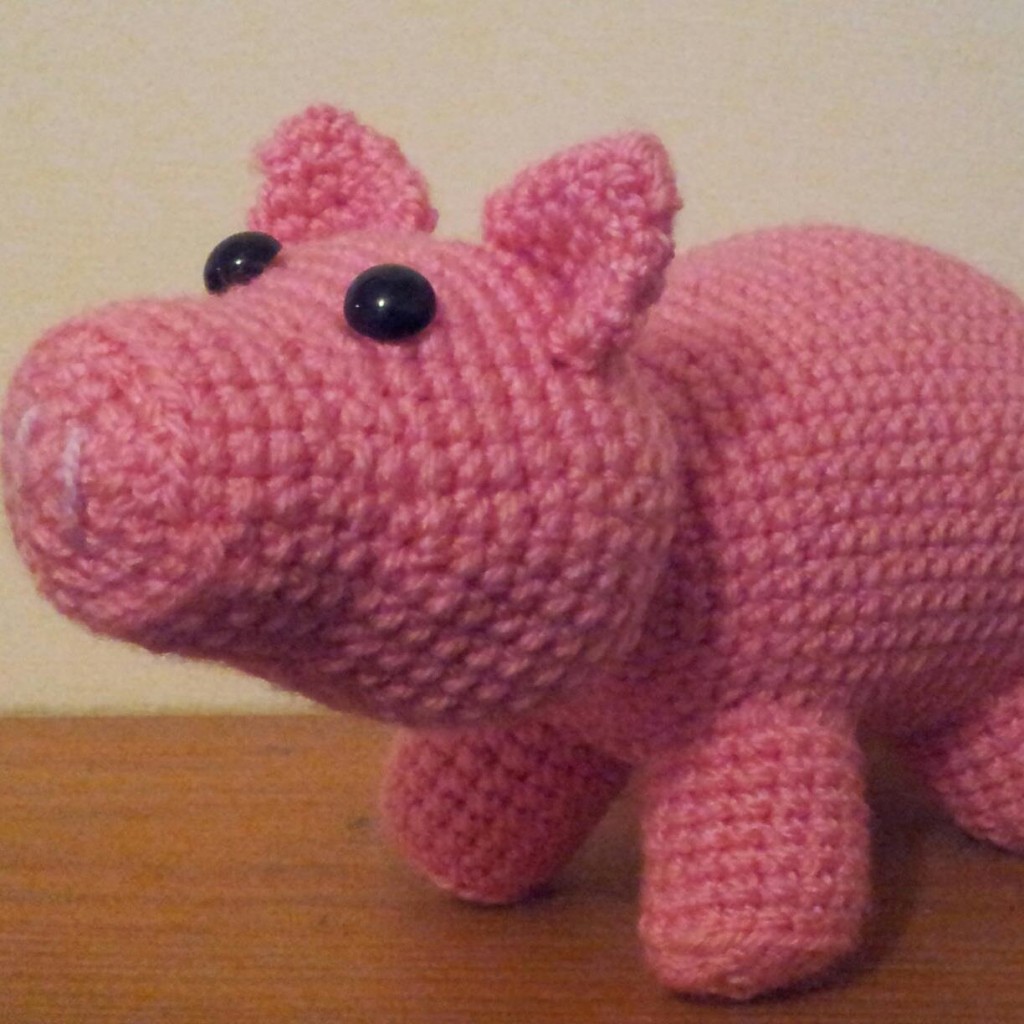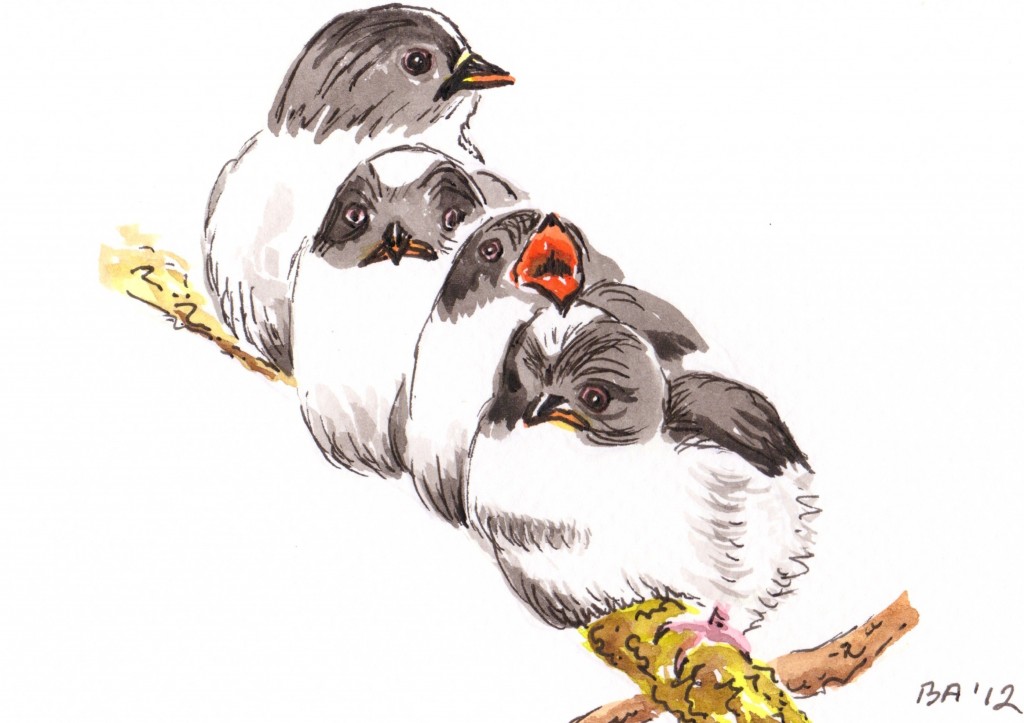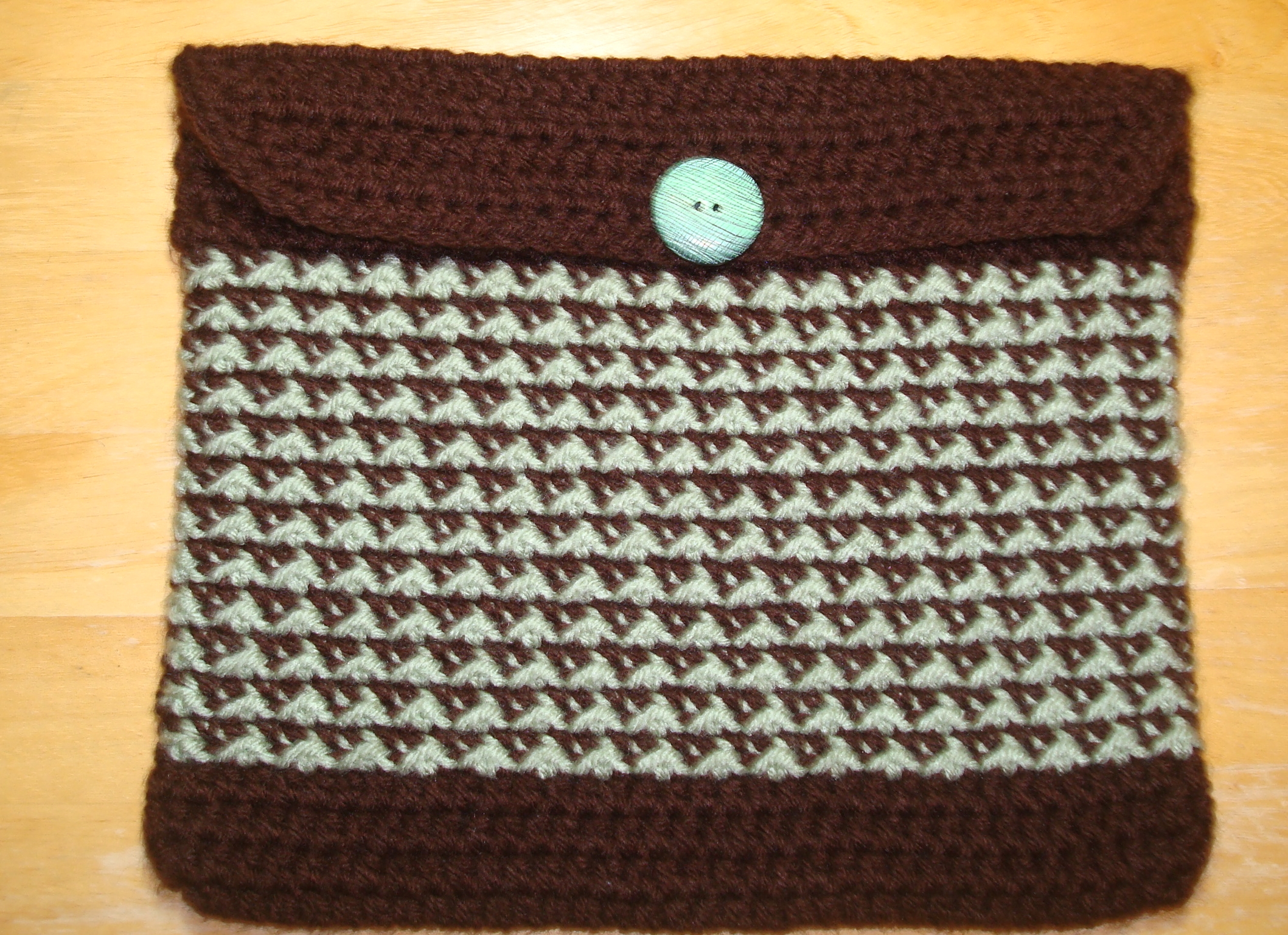To kick off National Crochet Month, today’s post is a guest post written by Helen Brooks of Good Day Crochet. As you’ll see, she has clearly found her crochet niche.
In recent years, I think everyone will agree, there has been a marked increase in the mainstream popularity of crochet (and crafting in general). With so many people picking up a crochet hook these days and so many websites offering free patterns and tutorials, how do people stand out in this saturated world of yarn and hooks? How do people find their crochet niche?

My personal niche, I can tell you now, is amigurmi animals. But why? Why is it that these little creatures are the thing I make best, the thing I get most gratification out of? How is it that this is my crochet niche?
I believe that finding your niche is all about where your crochet roots began. The way in which people learn to crochet and, most importantly why, will have a great impact on what you find yourself producing when you grab for that yarn and crochet hook.
I can see three key factors that have a powerful influence on which crochet niche one selects: what you were exposed to growing up, how you learned to crochet, and personal life experiences.
Early Exposure and Niche Selection
I didn’t have much early exposure to textile based arts (apart from playing with my nana’s sewing machine when I went to stay with her.) My initial introduction to the world of art was through painting and drawing, which I learned mainly from my mum, a brilliant artist who will never give herself the credit she deserves.

My mum specialises in water colour animals and, with this in mind, when she taught me to paint, the considerations and understanding of tone, colour, and technique were influenced by this. Whatever I chose to paint from then on would be forever influenced by the skills I learned from her. My understanding of how to use the tools and skills I have gained to paint a picture are inexplicably linked to these early memories.
I believe my exposure to the world of art and the animals my mum taught me to draw not only gave me the understanding of how the shape of animals are formed, but also creativity and animals are inextricably linked in my mind now.
Perhaps my appreciation and love of amigurumi can therefore be rooted right back here to my early days of art.
How You Learned to Crochet and Niche Selection
Many people learn to crochet from their mother or other loved one, typically a female as is dictated by traditional gender roles (a subject for another time, perhaps?). Patrice herself admits teaching her daughter to crochet, passing down her passion to the next generation. She also mentions that her desire and passion for fiber arts was passed down to her by her own mother.
My mum, however, apart from a bit of sewing and knitting, was not big into textiles. So while she is a big influence on my creativity in general, clearly she obviously isn’t the reason I can now crochet.
I actually taught myself crochet from a beginners kit my best friend Kim (who blogs about sewing and crochet) bought me for Christmas 2011. Having been jealous of the little crochet creations she was making, I was determined to learn the art of crochet for myself.
After getting the basics from the little handbook in the beginner’s kit, I just dived straight into crocheting amigurumi animals from a book by Ana Paula Rimoli that my mum had bought me. I am definitely the type of person that learns best by getting “stuck in,” so anything I didn’t understand I just looked up online. And I guess “practice made perfect,” as they say!
So thinking again about Patrice, she clearly grew up in a household full of desire to create and learn about textiles and fabrics. In the article, Why Crochet Soothes My Soul, she talks about becoming absorbed in the way the crochet stitches become “a beautiful piece of fabric.” Compare this to me and my self-taught method of learning crochet; it has never occurred to me to think about the piece of fabric I am making. In fact until this moment, I have never even considered the fact that I am creating a piece of fabric at all. I only think about the end product, e.g., an animal, a bow or rose, a mug warmer.
The fact I taught myself and just dived in at the deep end with amigurumi is perhaps the reason I love it so much.
Life Experiences and Niche Selection
So far I have proposed that there is some inevitable link between our crochet roots and our crochet niche. I have talked about where my understanding and love of art come from, and about how I learned to crochet – but what drives me to actually pick up that hook?
Well for me, my passion comes from the fact that I started to crochet when I was off sick from work with anxiety and depression. At this point I wasn’t crocheting because I had a passion for textiles or because my aunt taught me to do it; I was crocheting to just do something. I needed to create something so that I didn’t feel completely useless curled up on the sofa in my pajamas. I crocheted to create an end product, something I could hold up and say, “Look, I did something with my day.” I wasn’t crocheting to be practical like creating a hat because mine broke, make a blanket because winter is coming, make coasters for my new table. I was just crocheting to crochet.
But if I was crocheting just to keep busy, how does this justify my love of the amigurumi niche? Where is the link to my passion for creating little crochet animals?
Well, I found that animals, as opposed to crochet squares and clothing, gave me the best gratification and self worth. At that very dark, difficult time in my life, feeling good about myself was paramount!
It sounds cheesy, I know, but I felt like the little smiley faces of these animals were actually saying to me that I had done something good, that I had done something worthwhile. And it made me smile, too. And keeping well and staying happy are my biggest driving force behind my crochet niche.
Finding Your Crochet Niche – A Personal Journey
I think what we have learned from this post is that finding your crochet niche is a very personal journey about your background and about the very reason you picked up that hook in the first place.
And of course just because you started to crochet because of a family passion for fiber arts or because you needed something to help you out of a dark time, this doesn’t mean we can’t dabble in all kinds of crochet or all kinds of textiles or all kinds of craft. It just means that finding your crochet niche helps you appreciate what you make and why you make it.
Understanding our roots and why we make what we do is an important part of anyone’s crochet journey. And by appreciating this we can all be proud of ourselves in our own special way. I know I am!
 Helen Brooks is the founder of Good Day Crochet. Having learned to crochet in early 2012, Helen launched her website in February 2012 where she offers free patterns and takes commission orders for original amigurumi animals.
Helen Brooks is the founder of Good Day Crochet. Having learned to crochet in early 2012, Helen launched her website in February 2012 where she offers free patterns and takes commission orders for original amigurumi animals.






4 comments On Finding Your Crochet Niche
Wow this is awesome! Thanks for sharing this you are truly an inspiration to crafters world wide.
Glad you enjoyed the post, aslanenlisted. I know Helen would appreciate your comment.
Thank you for sharing! this is an honest and very well thought out post! I love reading about people’s journeys! Crafting is so rewarding, be it making things for yourself and/or others. 🙂
Glad you enjoyed the guest post, Kim! Helen is originally from the UK, too. It’s wonderful to connect with crafters around the world!
Sliding Sidebar
Categories